Article from the section “Calendar of work for a gardener, gardener, florist.”
September has arrived, but there are still at least two months ahead filled with the warm colors of autumn. And after winter there will be spring. And in order for it to be bright, continuously blooming, and varied in our garden, we need to work hard in September.
What work will we be doing in September?
Your flower garden: work of the month.
September is the time to plant small bulbous plants.Scillas, crocuses, scillas, muscari, pushkinias, galanthus, having pleased us in the spring, will hide in the shadow of more powerful, rapidly growing perennials.
Planting primroses
Primroses can be planted in tree trunk circles, on lawns, making shallow holes in the turf with a thick stake. After planting the bulbs, sprinkle them with a good soil mixture.
But it is better, of course, to specially prepare a place for planting small-bulbous plants, taking into account the fact that they grow and bloom better in light, fertile soils. We add compost or humus (up to a bucket per square meter), superphosphate, potassium sulfate (a tablespoon at a time) to the selected area and dig it onto the bayonet of a shovel, choosing the rhizomes of perennial weeds.
We plant the bulbs quite densely. True, we will have to replant often, but in the spring we will have beautifully flowering curtains. Planting depth is three bulb diameters. Be sure to cover the bottom of the grooves with a layer of sand. We plant the bulbs in it. In the sand, the bulbs are less likely to get sick.
If there are a lot of bulbs (we dug up our own), some of them, selecting the largest ones, will be planted in pots of 5-10 pieces for winter forcing. We will leave the pots in the garden until November, occasionally moistening the soil, and later we will put them in the basement.
In winter, when the bulbs begin to grow, we will bring the bowls home, and soon we will be able to admire the delicate primroses, welcoming April long before the onset of warm days.
Preparing a housewarming party for lilies
Lilies will require our attention in September: it is advisable to plant nests of bulbs older than three years.
Let's not put off this work until October: the bulbs must grow roots in their new location, otherwise they will need additional cover for the winter.
When digging on heavy soils, add humus and sand (1-1.5 buckets per sq. m).Lilies do not need excess organic matter: it causes increased growth of the above-ground part, and the bulbs lose resistance to diseases and reduce winter hardiness. And lilies that are overfed with organic matter bloom worse.
It is advisable to plant the bulbs immediately after digging and dividing; they should not be dried out. Therefore, first we prepare a place for planting, and only after that we dig up the bulbs. Bulbs that cannot be planted immediately for some reason are covered with damp sawdust or sand and stored (but not for long) in a cool place.
Before planting, we tear off the rotten scales of the bulbs, cut off the dead ones and shorten the living roots that are too long.
Planting lilies
The depth to plant bulbs depends on their size and soil. The larger the bulb, the deeper it is planted. On heavy soils, bulbs are planted closer to the soil surface than on light soils. It is recommended to plant bulbs of insufficiently winter-hardy lilies (oriental, trumpet lilies) deeper.
A general rule for most lilies is to plant the bulbs at a depth 2-3 times the height of the bulb. Perhaps only the snow-white lily has its own rule. It does not form supra-bulb roots, so it is planted quite shallowly - 2-3 cm from the soil surface to the top of the bulb.
On heavy soils, fill the bottom of pre-watered planting holes or furrows with sand before planting the bulbs. When planting, carefully straighten the roots and sprinkle them with fertile, finely lumpy soil.
Mulch the soil surface with compost or humus. Mulch will retain moisture in the soil, protect it from freezing in winter, and provide nutrition to lilies in spring.
It is better to postpone the purchase of lily bulbs until spring. In the fall, bulbs ready for forcing are most often sold in beautiful packages.Once planted in the ground, they begin to grow and, without completing the development cycle, go into the winter weakened.
If you still want to update the assortment of lilies, it is better to purchase them from local amateur flower growers who sell bulbs from open ground.
Planting perennials
Perennials that bloom in spring and summer may require division. And again, before we start digging and dividing the bushes, we prepare the planting site taking into account the plants’ light requirements.
When transplanting baby plants, we leave at least a third of the above-ground part so that they can take root in a new place and gain strength for the winter. We water the planted sections generously and mulch them.
Choosing a place for clematis
In September you can plant (or replant) clematis. It takes a year for a vine to grow in one place, so let’s be thorough. Having chosen a place (and clematis likes to grow so that the shoots are in the sun and the root zone is in the shade), we dig a spacious planting hole (60x60x60).
We lay a drainage layer on the bottom - 10-15 cm of expanded clay, pebbles, stones. Then add a layer of compost or humus, add 2-3 tablespoons of superphosphate, 2 tablespoons of potassium sulfate (or a handful of wood ash), mix and cover with fertile soil so that a mound is formed.
We place a clematis seedling, straighten the roots along the slopes of the mound and fill it with fertile soil so that the root collar of the seedling is 5-10 cm below the soil level. If we are replanting an adult bush, we deepen the root collar by 10-12 cm. After planting, we water and mulch the clematis.
If everything was done correctly, in 2-3 years we will see lush flowering.
Especially for clematis lovers: “Clematis in autumn: planting, replanting, propagation.”
We sow, cut, collect...
At the end of September, we plant cuttings of awl-shaped phlox and grass carnations directly into open ground. Cool weather is favorable for good rooting. Already in the spring, young plants will bloom.
At the very beginning of September you can still sow biennials:
- Turkish cloves
- viola
- alyssum.
During September-October, the seedlings will have time to develop in order to bloom in the spring.
Seeds collected from flower beds will also help decorate the garden next season. We dry the seeds in a well-ventilated area, spread them out on pieces of paper, and write the name of each plant. You shouldn't rely on memory.
It is very easy to confuse the seeds and in the spring, instead of snapdragon, sow oriental poppy, instead of aster, zinnia, etc. For plants with small seeds, you can cut off the branches on which the seeds have formed, hang them, spreading paper under them, and wait for the seeds to fall out on their own. .
After drying, we remove the seeds into paper bags, writing the name of the plant, variety, and year of collection.
September menu
While caring about spring, let's not forget about today.
For the last time we feed the perennials, excluding nitrogen from the menu. Plants are “contraindicated” from growing in the fall; they need to prepare for winter. And phosphorus and potassium fertilizers applied in September will help them with this.
2 tablespoons of superphosphate and a tablespoon of potassium sulfate per 10 square meters. m we bring under the gladioli, cut off the flower stalks that have lost their decorative effect. All plant energy after flowering should be directed to the ripening of the corms.
A tablespoon of superphosphate and potassium sulfate per 10 square meters. m we bring under dahlias. They will bloom until the first frost. To protect the roots from freezing, we hill up the bushes.
For winter apartments
Flower growers also work with indoor flowers.Timely transplanted, fed, watered ficus and hibiscus, palm trees and dracaenas have grown well and become fresher. Still, let’s carefully examine our
"green farming". Surely there will be strongly grown shoots that will spoil the decorative effect of dried branches. We shorten some, cut others.
Plants can still be fed with complex fertilizer, especially pelargoniums, fuchsias, hibiscus, lantana, etc. that continue to bloom. And other plants continue to grow: they still have enough warmth and light in September.
You can also root cuttings of many fast-growing hanging plants. Young tradescantia, ivy, and cissus will decorate our house in winter.
In September we bring home the plants that were “flying” in the garden and on the balcony. This can be done later, but the plants will survive the stress of a sudden change in microclimate - from cold to warm.
Let's leave the lemons in the fresh air for now - a gradual decrease in temperature is beneficial for them. They are, after all, plants of the subtropics, where there is winter, albeit with above-zero temperatures.
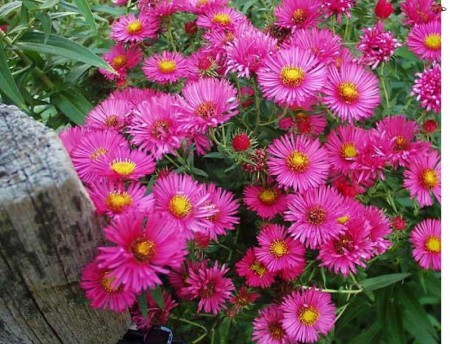
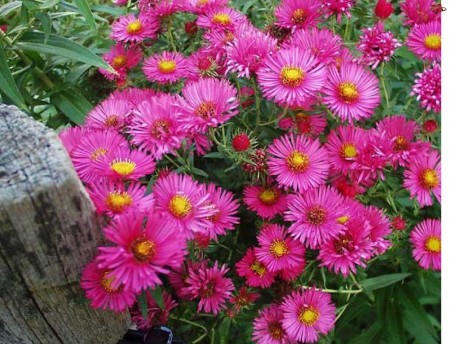
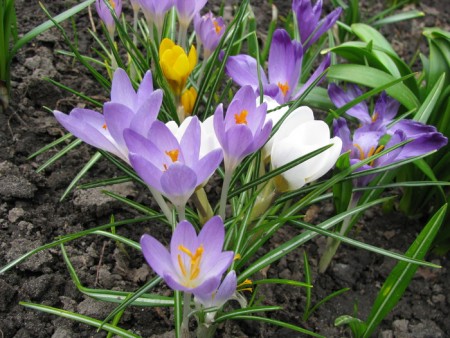
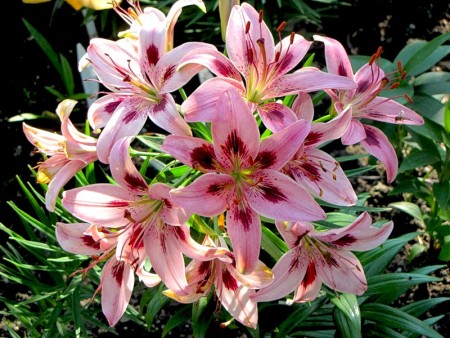
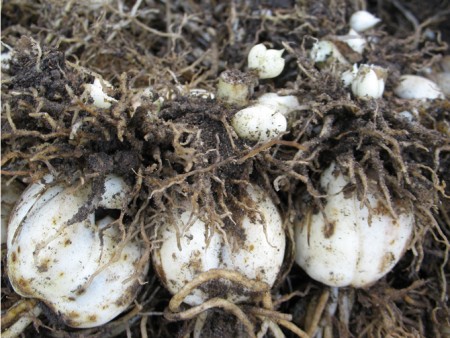
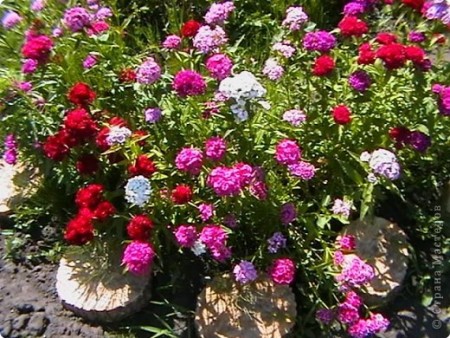
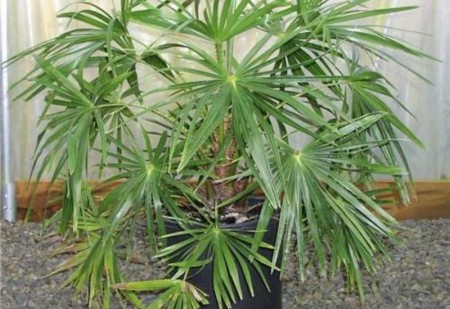

 (3 ratings, average: 4,67 out of 5)
(3 ratings, average: 4,67 out of 5) CUCUMBERS NEVER GET SICK, I'VE BEEN USING ONLY THIS FOR 40 YEARS! I SHARE A SECRET WITH YOU, CUCUMBERS ARE LIKE THE PICTURE!
CUCUMBERS NEVER GET SICK, I'VE BEEN USING ONLY THIS FOR 40 YEARS! I SHARE A SECRET WITH YOU, CUCUMBERS ARE LIKE THE PICTURE! You can dig a bucket of potatoes from each bush.Do you think these are fairy tales? Watch the video
You can dig a bucket of potatoes from each bush.Do you think these are fairy tales? Watch the video
 How our fellow gardeners work in Korea. There is a lot to learn and just fun to watch.
How our fellow gardeners work in Korea. There is a lot to learn and just fun to watch. Eye trainer. The author claims that with daily viewing, vision is restored. They don't charge money for views.
Eye trainer. The author claims that with daily viewing, vision is restored. They don't charge money for views. A 3-ingredient cake recipe in 30 minutes is better than Napoleon. Simple and very tasty.
A 3-ingredient cake recipe in 30 minutes is better than Napoleon. Simple and very tasty. Therapeutic exercises for cervical osteochondrosis. A complete set of exercises.
Therapeutic exercises for cervical osteochondrosis. A complete set of exercises. Which indoor plants match your zodiac sign?
Which indoor plants match your zodiac sign? What about them? Excursion to German dachas.
What about them? Excursion to German dachas.